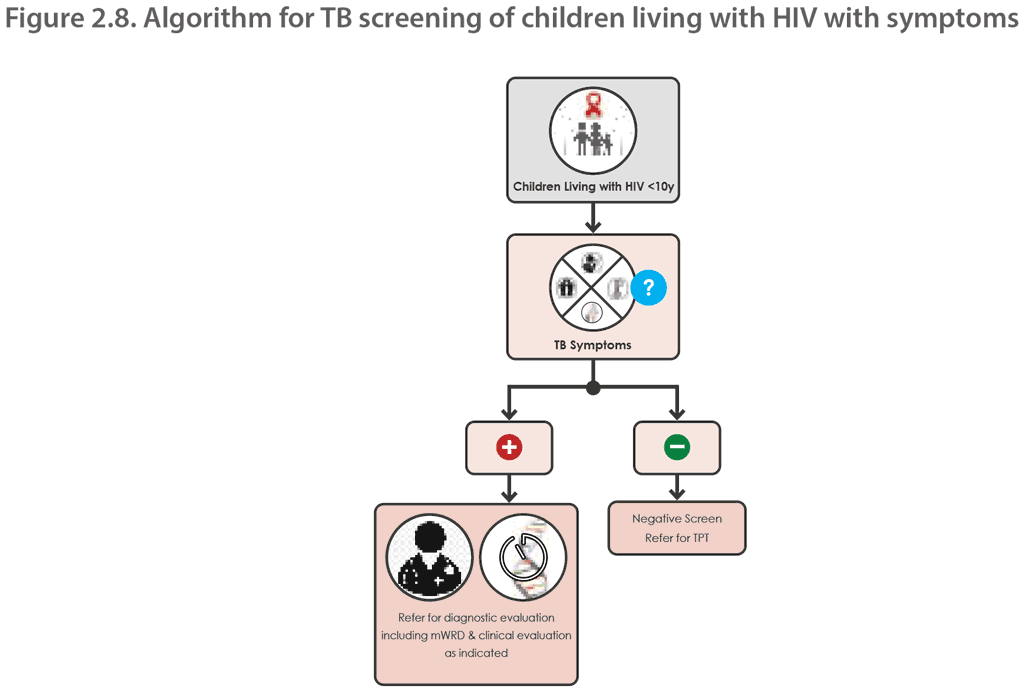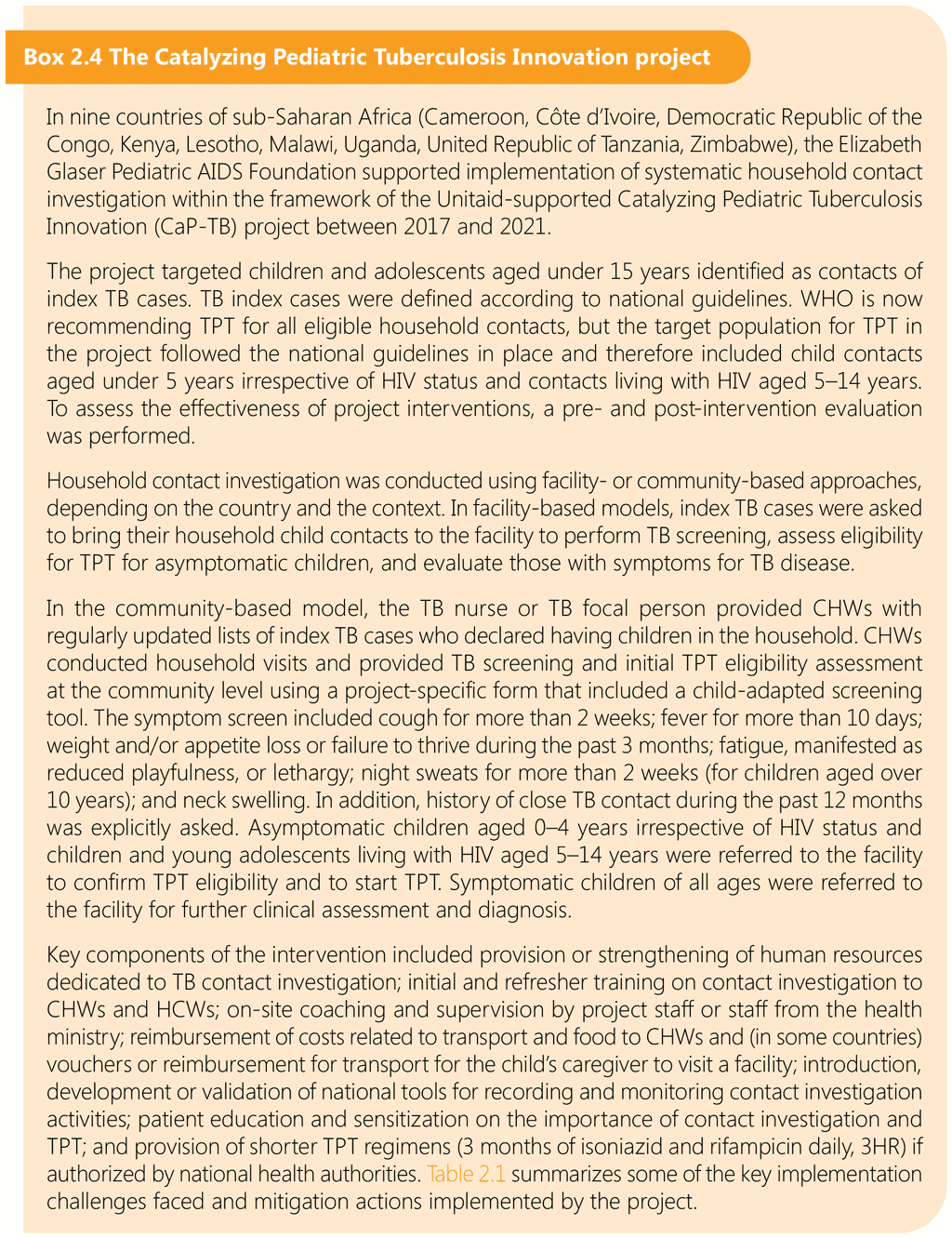5.3.4.2. Monitoring for adverse effects
Routine safety monitoring of treatment should generally follow the recommended approach in adults and should be guided by the known adverse effect profile of the medicines included in the regimen.
Table 5.14 summarizes the most common adverse effects of the medicines used for MDR/RR-TB.

 Feedback
Feedback

